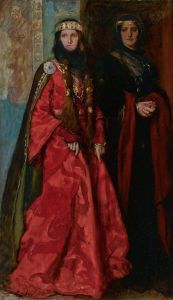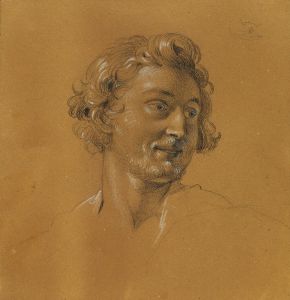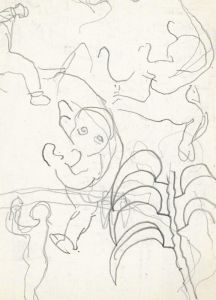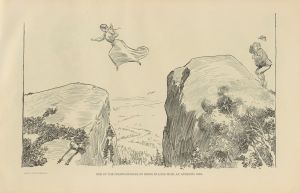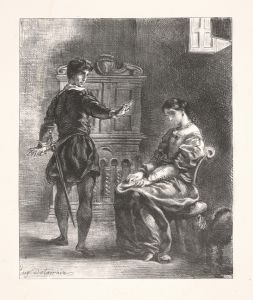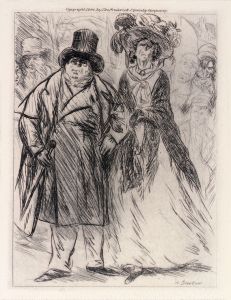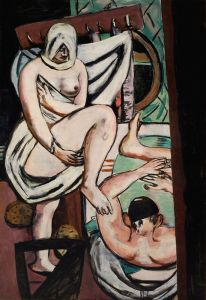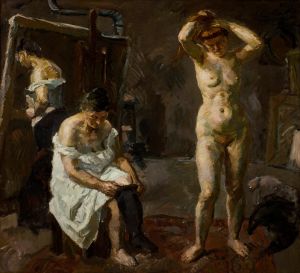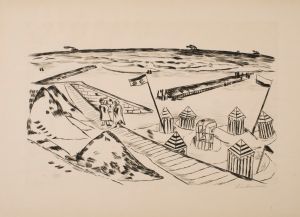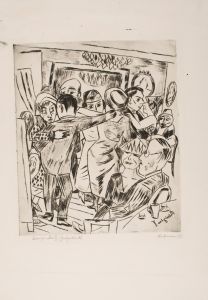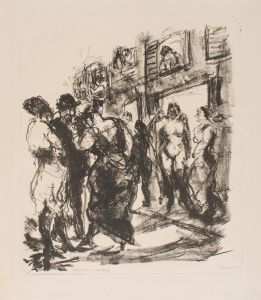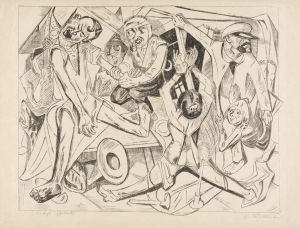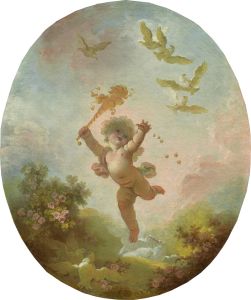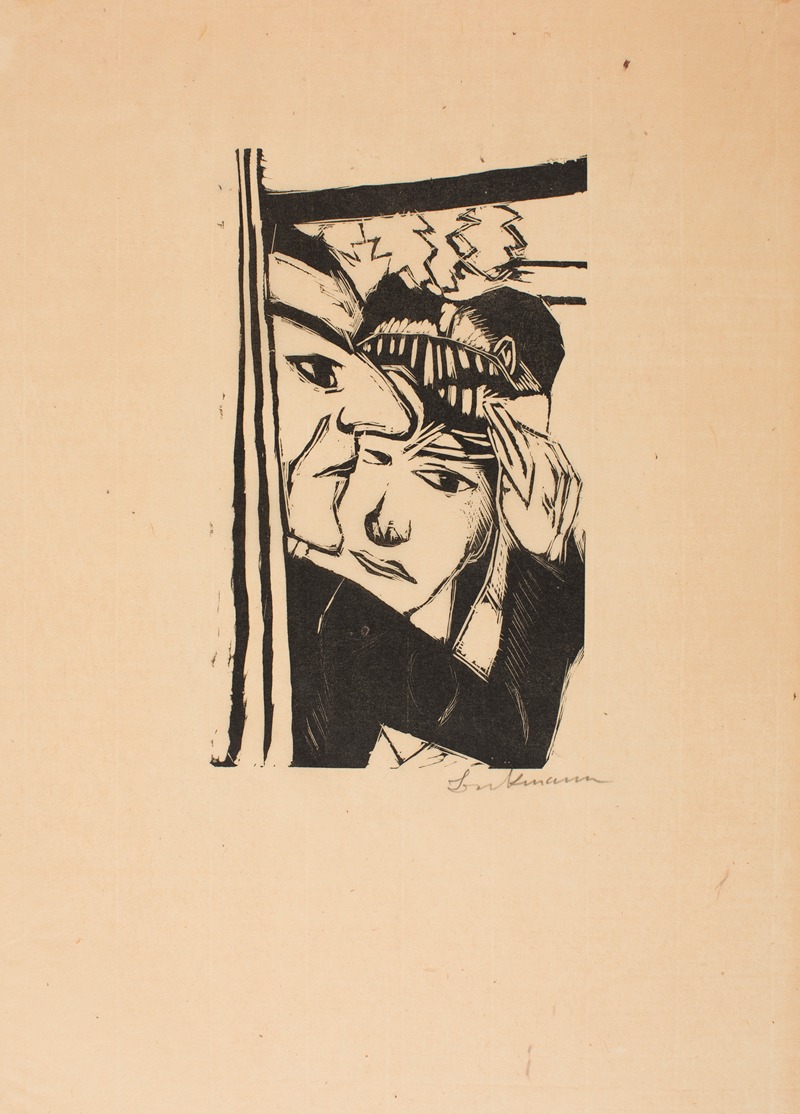
Dancing Couple
A hand-painted replica of Max Beckmann’s masterpiece Dancing Couple, meticulously crafted by professional artists to capture the true essence of the original. Each piece is created with museum-quality canvas and rare mineral pigments, carefully painted by experienced artists with delicate brushstrokes and rich, layered colors to perfectly recreate the texture of the original artwork. Unlike machine-printed reproductions, this hand-painted version brings the painting to life, infused with the artist’s emotions and skill in every stroke. Whether for personal collection or home decoration, it instantly elevates the artistic atmosphere of any space.
"Dancing Couple" is a painting by the German artist Max Beckmann, completed in 1946. Beckmann, known for his distinctive style that blends elements of Expressionism and New Objectivity, created this work during a period of significant transition in his life. After fleeing Nazi Germany in the 1930s due to the oppressive regime's condemnation of modern art, Beckmann spent a decade in Amsterdam before eventually relocating to the United States in 1947.
The painting "Dancing Couple" is a vivid example of Beckmann's mature style, characterized by bold colors, strong lines, and a complex interplay of figures and space. It reflects his continued exploration of themes such as human relationships, societal roles, and the existential conditions of life. The work captures a scene of a man and a woman engaged in a dance, a motif that Beckmann frequently revisited, symbolizing both harmony and tension.
In "Dancing Couple," Beckmann employs a rich color palette, with deep reds, blacks, and yellows dominating the composition. The figures are rendered with Beckmann's typical robust and somewhat distorted forms, which convey a sense of movement and emotional intensity. The background is abstract, yet it suggests an interior space, possibly a dance hall or a cabaret, environments that Beckmann often depicted in his works to explore the dynamics of public and private personas.
The painting is notable for its psychological depth. The expressions and body language of the figures suggest a complex relationship, possibly reflecting Beckmann's own experiences and observations of human interactions. The man's face is partially obscured, adding an element of mystery, while the woman's gaze is direct and somewhat enigmatic. This interplay of visibility and concealment is a recurring theme in Beckmann's oeuvre, inviting viewers to ponder the underlying narratives and emotions.
"Dancing Couple" was created during a time when Beckmann was grappling with the aftermath of World War II and his displacement from Europe. This context adds layers of meaning to the work, as the dance could be interpreted as a metaphor for resilience and adaptation in the face of upheaval. The painting's dynamic composition and emotional resonance exemplify Beckmann's ability to capture the complexities of the human condition.
Today, "Dancing Couple" is held in high regard as part of Beckmann's significant body of work. It is housed in the collection of the Saint Louis Art Museum, where it continues to be studied and appreciated for its artistic and historical significance. Beckmann's work, including "Dancing Couple," remains influential, offering insights into the turbulent times in which he lived and the enduring power of art to reflect and challenge societal norms.





